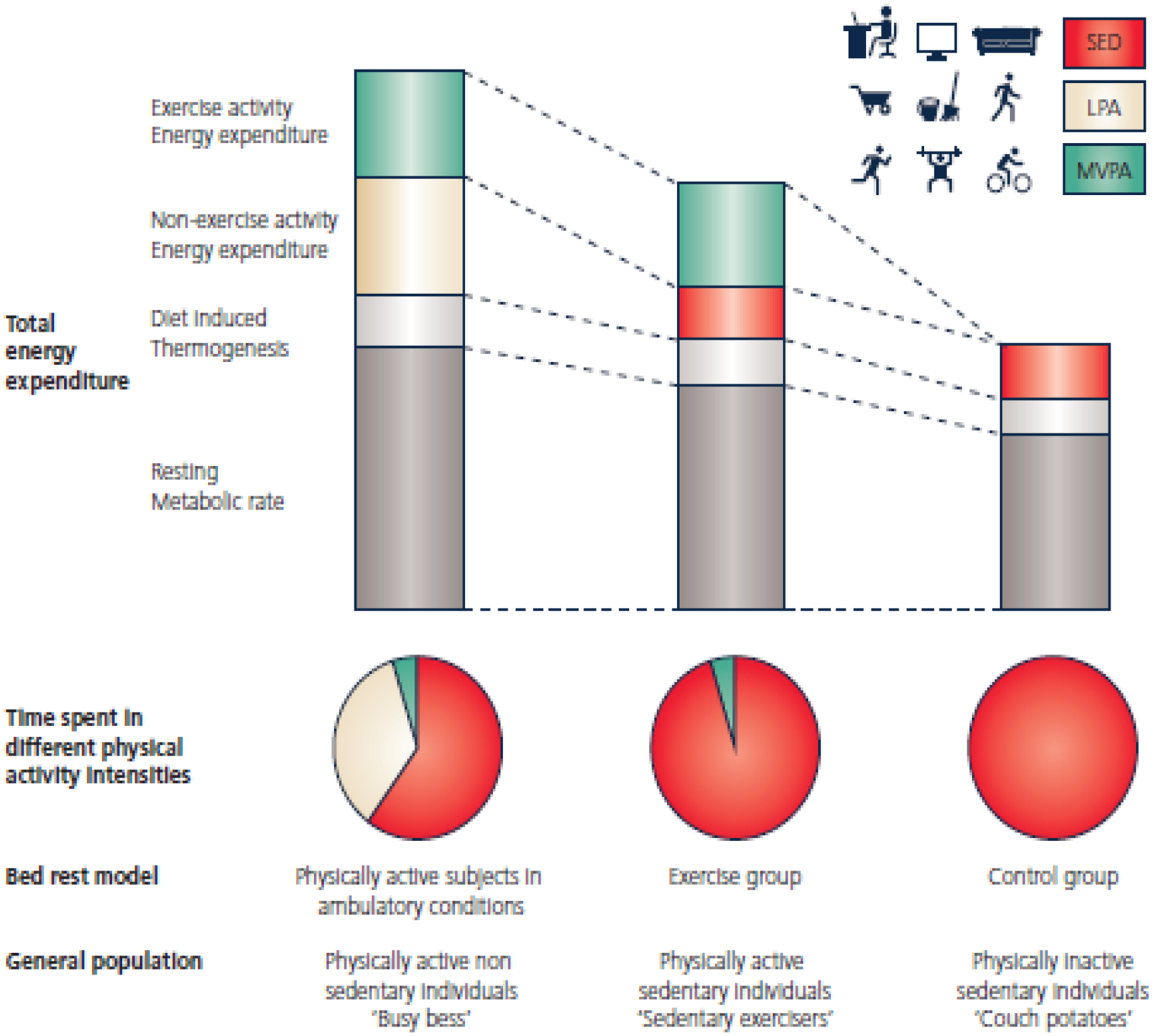Figure 1: Schematic representation of the components of total energy expenditure during bedrest, conducted with or without exercise training.

Based on total energy expenditure, participants enrolled in bedrest protocols can be compared to the general population. Strict bedrest suppresses both components of physical activity energy expenditure: exercise activity energy expenditure and non-exercise activity energy expenditure. Exercise activity energy expenditure refers to the energy spent in MVPA and/or structured exercise. Non-exercise activity energy expenditure corresponds to any activity of daily life, which are essentially LPA. Participants who are subjected to moderate to vigorous exercise training along with bedrest maintain high exercise activity energy expenditure mainly due to MVPA. However, they are sedentary with very low levels of non-exercise activity energy expenditure and are lacking LPA. These individuals represent an extreme but unique model of “sedentary exercisers”, i.e. physically active yet sedentary people. Strict bedrest leads to a decrease of both MVPA and LPA while increasing SB. These bedrest individuals represent a model of the modern physically inactive sedentary individuals. SED: sedentary activities; LPA: light-intensity physical activity; MVPA: moderate-to-vigorous physical activity. Adapted from Bergouignan et al 2010.
